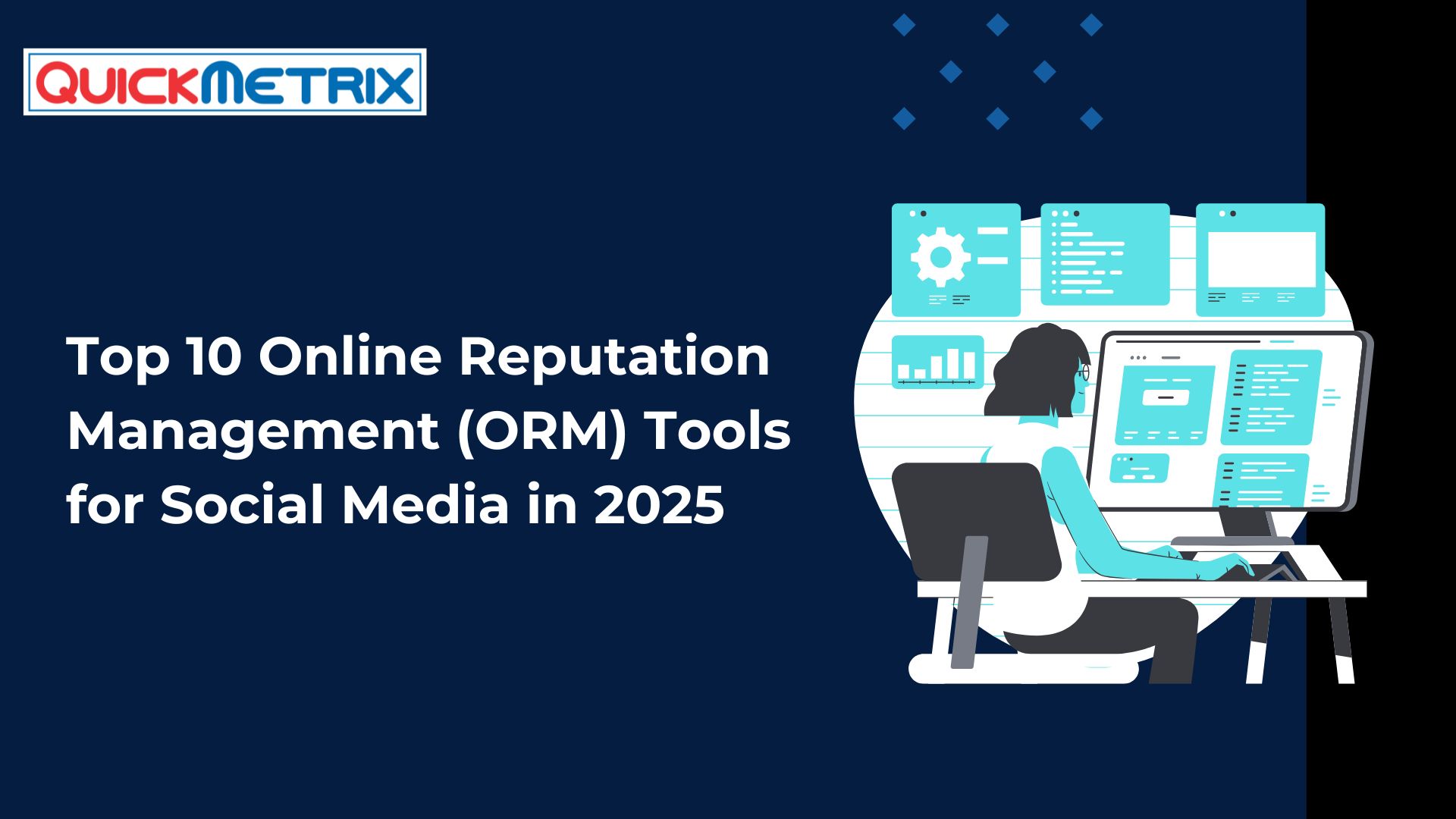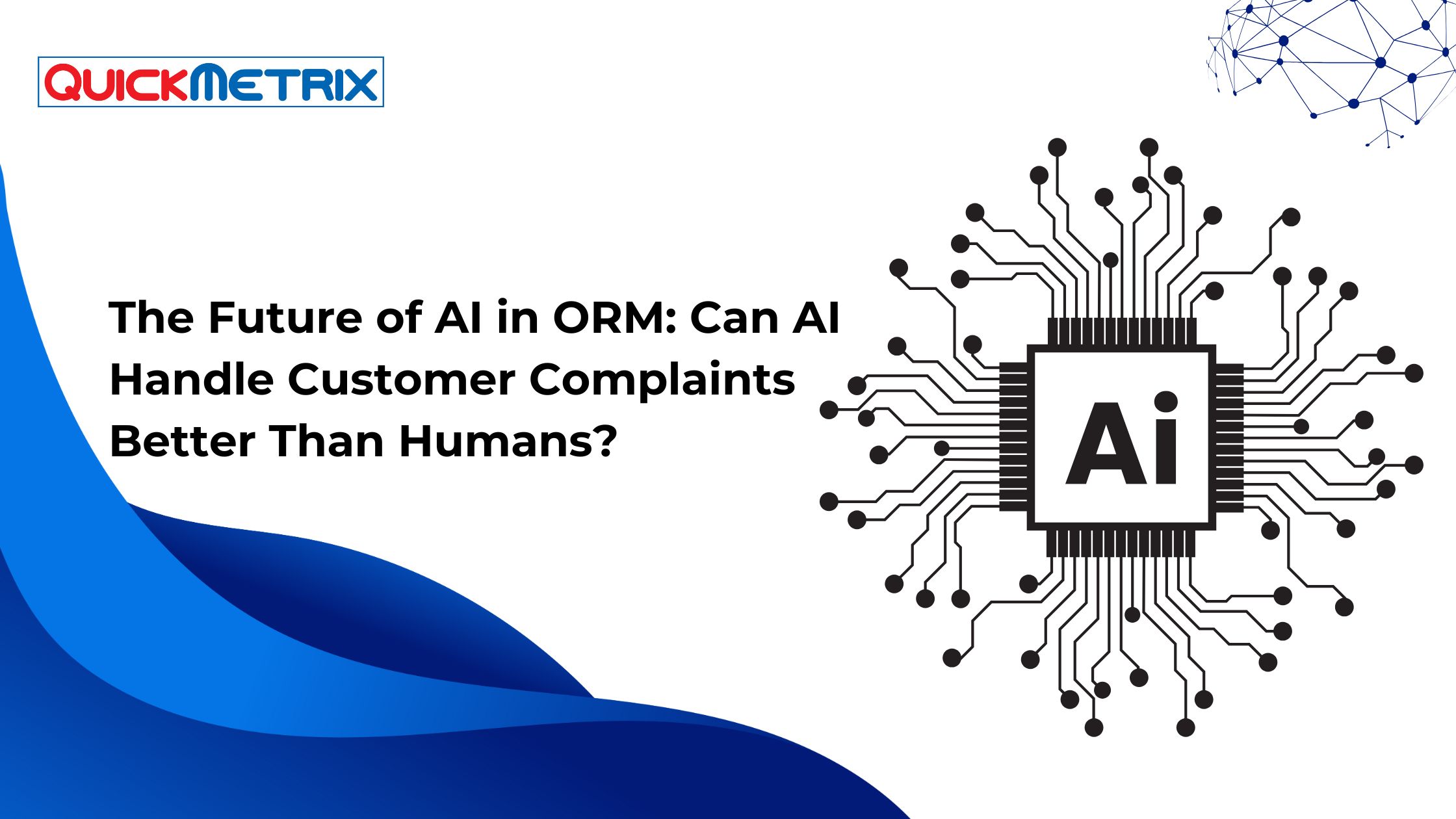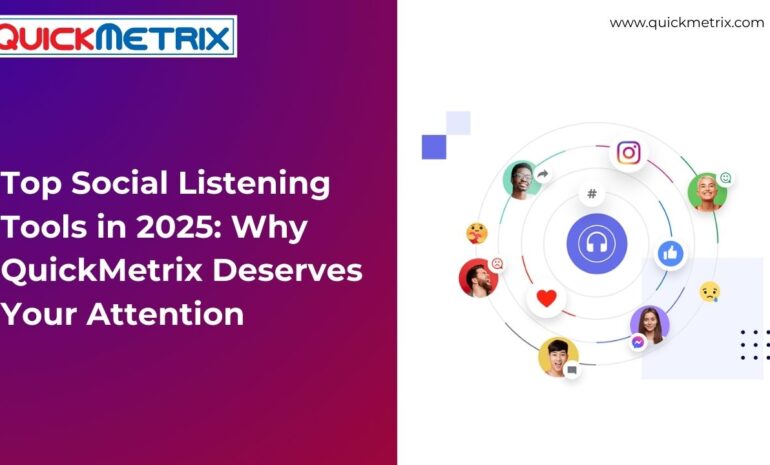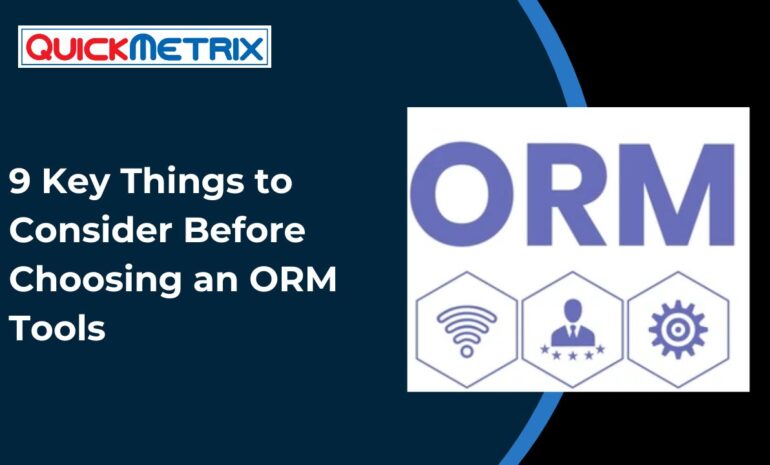The Shift to Digital Customer Support : Online response management
In today’s fast-paced world, more customers are turning to online platforms for support. This shift has not been just a trend but a necessity as people looks for quick answers to their questions, be it through email, social media, or live chat. The convenience of getting support at the click of a button has become an expectation for consumers.
- Understanding Customer Expectations in the Online Space
Customers today want timely, accurate, and personalized responses. They’re not just looking for answers; they’re hoping for a connection with the brands they choose. If a company responds to inquiries in a friendly and timely manner, it increases the likelihood that customers will remain loyal.
2. The Importance of Timely Responses in Brand Loyalty
A speedy response can make all the difference. Customers are more likely to stay with a brand that addresses their concerns promptly. A simple acknowledgment can go a long way in boosting trust and loyalty.
- Key Elements of Effective Online Customer Support
- Speed: The Cornerstone of Customer Satisfaction
- Response Time Benchmarks Studies reveal that customers expect a reply within less than an hour on social media and within a day for email inquiries. Meeting these benchmarks can set brands apart from their competitors.
- The Role of Automation in Enhancing Speed Automation tools like AI chatbots can help brands respond instantly to common questions. This means that simple inquiries don’t sit in a queue for too long, allowing customer support agents to focus on more complicated issues.
- Balancing Speed with Quality of Response While speed is crucial, it’s also important that the answers provided are helpful. A quick response that leads to confusion or unresolved issues won’t benefit anyone.
Personalization: Making Customers Feel Valued
- Addressing Customers by Name A simple “Hi, Sarah!” can transform a standard interaction into a personalized experience. It signals to customers that they are more than just a number.
- Tailoring Responses Based on Customer History Using past interactions to inform responses can help businesses show they truly care and understand their customers’ unique needs.
- Utilizing Data to Anticipate Needs Leveraging data analytics can help brands predict what customers might need next. This proactive approach can enhance customer satisfaction.
Multi-Channel Support: Meeting Customers Where They Are
- The Importance of Consistency Across Channels Whether it’s social media, email, or live chat, consistent messaging is critical. Customers should feel that they are receiving the same level of service, no matter the platform.
- Integrating Social Media into Customer Support As many customers reach out on platforms like Twitter and Facebook, integrating support into these channels can be beneficial. Brands that respond quickly on social media often leave a lasting impression.
- Leveraging Live Chat and Email Effectively Domestically, live chat is thriving, providing real-time support without the need to call. Email, on the other hand, remains a strong tool for complex inquiries, as it allows for detailed communication.
III. Case Studies: Brands Excelling in Online Customer Response
Success Stories from BFSI Companies
- Quick Response Times and Resolutions Banks like Ally Financial have received praise for their fast responses to customer chats, leading to higher satisfaction rates.
- Innovative Use of Chatbots Companies like Capital One effectively use chatbots that can handle a variety of banking inquiries and provide immediate assistance.
- Building Trust through Transparency Firms that maintain transparency about their processes, especially regarding account issues, foster stronger relationships with their clients.
Retail Brands Setting Standards in Customer Care
- Implementing Omnichannel Support Brands like Zappos & many other retails brands, known for their 24/7 support across various channels, consistently rank high in customer satisfaction.
- Creating Engaging Customer Experiences Companies that incorporate fun and helpful interactions into their support (think live styling tips for apparel) stand out and are remembered.
- Proactive Communication Strategies Brands that reach out to customers proactively, perhaps to inform them about a delay in shipping, often quell concerns before they escalate.
Small Businesses Making a Big Impact
- Personal Touch in Customer Interactions Local shops embracing personalized service or handwritten thank-you notes can leave a lasting impression on their customers.
- Community Engagement and Feedback Small businesses often benefit from direct community engagement, helping them tailor their services to meet local needs.
- Overcoming Resource Limitations By focusing on delivering exceptional service in their limited resource environment, many small businesses are making a noteworthy mark in their communities.
- Common Pitfalls in Online Customer Support
- Ignoring Customer Feedback
- The Dangers of Disregarding Complaints Ignoring negative feedback can lead to detrimental consequences. Customers feel undervalued and are less likely to return.
- The Value of Constructive Criticism Constructive criticism is a goldmine for improvement. It highlights where a brand can do better.
- How Feedback Can Drive Improvement Actively seeking feedback showcases a commitment to customer satisfaction and can lead to enhanced support strategies.
- Inconsistent Messaging Across Platforms
- The Risks of Brand Confusion Mismatched messages can confuse customers about what to expect, which can dilute brand trust.
- Strategies for Streamlining Communication Training staff to follow consistent guidelines and utilizing integrated management systems can help solve this issue.
- The Importance of Training Support Staff Investing in regular training for customer support teams is key. It ensures that they are on the same page regarding brand messaging and customer expectations.
- Over-Reliance on Automation
- Understanding the Limitations of AI While automation is helpful, there are situations where it falls short. Customers often prefer speaking to a human when their issue is complex.
- Balancing Automation with Human Interaction Brands must use automation wisely, complementing it with personalized human check-ins or follow-ups.
- Identifying When Automated Responses Fall Short Knowing when an automated response isn’t enough can go a long way toward improving customer satisfaction.
The Future of Online Customer Support
Trends Shaping the Customer Support Landscape
- The Rise of AI and Chatbots : AI Chatbots are evolving and providing increasingly competent support, which is likely to grow in popularity.
- Increasing Customer Self-Service Options Brands that offer robust self-service options empower customers to find answers on their own, which many appreciate.
- The Growing Importance of Personalization As technology continues evolving, brands that embrace personalization in their support will find themselves several steps ahead.
Preparing for Evolving Customer Expectations
- Keeping Up with Technology Advancements It’s crucial for businesses to stay updated on tech developments in customer support to meet rising expectations.
- Building a Flexible Support Structure Flexibility is key in adapting to new trends, ensuring that support structures can adjust as needed.
- Investing in Support Training and Development Continued training for support staff is vital to prepare them for new tools and emerging trends.
Measuring Success in Online Customer Support
- Key Performance Indicators (KPIs) to Track Tracking metrics such as response time, resolution rate, and customer satisfaction scores can provide insight into support effectiveness.
- The Role of Customer Satisfaction Surveys Employing surveys post-interaction can yield valuable information on service performance and areas for improvement.
- Analysing Response Trends for Improvement Regularly analysing support response data helps brands identify patterns and craft more effective strategies.
- Conclusion
- The Critical Role of Online Responses in Modern Customer Support
In the digital age, how a brand responds online can define its reputation. Quick, helpful responses contribute to overall customer experience.
Emphasizing Continuous Improvement for Brands
Brands must always seek ways to better serve their customers. Continuous improvement is key to long-term success.
The Long-Term Impact on Brand Loyalty and Reputation
Ultimately, a strong online support strategy fosters loyalty and cultivates a positive brand reputation, essential for growth in a competitive market.
Frequently Asked Questions (FAQs)
- What are the key benefits of effective online customer support? Effective online customer support can enhance customer satisfaction, improve loyalty, and create positive word-of-mouth marketing.
- How can brands respond more quickly to customer inquiries? Brands can implement chatbots, streamline workflows, and better train their staff to handle inquiries efficiently.
- What tools can help companies manage their online customer support? Customer relationship management (CRM) systems, ORM Tools, Social listening tools, helpdesk software, and chat platforms can significantly enhance online support efforts.
- How can brands balance automation and personal touch? A mix of automation for quick response and personal follow-ups for complex issues can ensure customers receive both speed and care.
- What common mistakes should businesses avoid in online support? Ignoring feedback, providing inconsistent information, and relying too heavily on automation are all pitfalls to avoid for effective online support.
Top Social Listening Tools in 2025: Why QuickMetrix Deserves Your Attention
In the world of digital marketing, conversations are currency. ...
Read More9-key-things-to-consider-before-choosing-an-best-orm-tool (Online response management tools)
IntroductionIn today's hyper-connected world, a single unresolved tweet or ...
Read MoreStreamlining Customer Interactions: The Key to Crisis Management and Data-Driven Decisions
Streamlining Customer Interactions: The Key to Crisis Management and ...
Read MoreCrisis Management: How ORM Tools Can Save Your Brand from PR Disasters
Understanding Crisis Management in the Digital AgeDefinition and Importance ...
Read MoreSocial Listening for Financial Services: How Banks & FinTechs Stay Ahead
Introduction to Social Listening in Financial Services Definition ...
Read MoreThe Journey of QuickMetrix: Insights from Surendra Baliga on Building a Successful SaaS Business
The entrepreneurial journey is often filled with challenges, learning ...
Read MoreMastering the Market: How to Use Social Listening Tools for Real-Time Competitor Analysis
1. Introduction to Social Listening Tools1.1 What is Social ...
Read MoreHow to Get the Most Out of Social Listening Tools and Why Businesses Invest in Them
How to Get the Most Out of Social Listening ...
Read MoreUnderstanding ORM Tools: A Comprehensive Guide to Managing Your Brand’s Online Reputation
In today's digital landscape, a brand's online reputation is ...
Read MoreThe Ultimate Guide to ORM Tools: Boost Your Brand’s Online Reputation
The Ultimate Guide to ORM Tools: Boost Your Brand’s ...
Read MoreTop 10 Online Reputation Management (ORM) Tools for Social Media in 2025
Top 10 Online Reputation Management (ORM) Tools for Social ...
Read MoreListening to the Noise: How to Monitor Conversations That Matter to Your Brand
Understanding the Importance of Monitoring Brand Conversations 1.1 The Role ...
Read MoreStreamlining Online Response Management for the Hotel Industry
1. Understanding Response ManagementOnline response management to how hotels ...
Read MoreThe Future of AI in ORM: Can AI Handle Customer Complaints Better Than Humans?
I. Introduction to Online Response Management (ORM)/ Online reputation ...
Read More
















